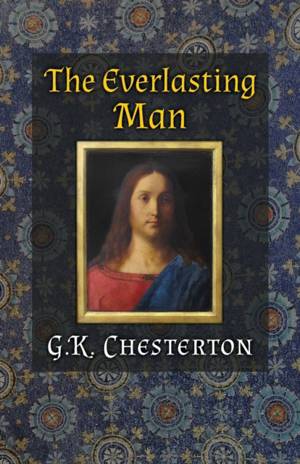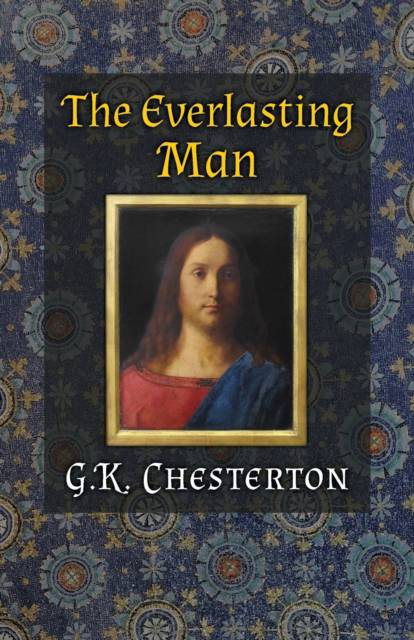
- Afhalen na 1 uur in een winkel met voorraad
- Gratis thuislevering in België vanaf € 30
- Ruim aanbod met 7 miljoen producten
- Afhalen na 1 uur in een winkel met voorraad
- Gratis thuislevering in België vanaf € 30
- Ruim aanbod met 7 miljoen producten
Omschrijving
In 1925, just three years after his reception into the Catholic Church, G.K. Chesterton published a work that proclaimed anew to the doubters of the age that the key to history had arrived nearly two thousand years before. Contra the evolutionists, he first points to the singular nature of man from his very beginnings; and, later, contra the comparative religionists, points to the uniqueness of Christianity in relation to all other paths. Two of those paths, the way of myth and the way of philosophy, were at war until Christ restored the world's sanity in the union of Story and Truth. In Chesterton's telling, the groaning and travail of the ancient world was answered, precisely and definitively, in the still night of Bethlehem and the Birth of our Lord. Chesterton insists the event be seen with fresh eyes: God as Child--a claim no other religion dares to make.
As Chesterton writes, "when we do make this imaginative effort to see the whole thing from the outside, we find that it really looks like what is traditionally said about it inside." Looking at Christianity with such new-found sight, one can only be astonished at "the strangest story in the world." The Everlasting Man is the tale of a unique creature, man, made in the image of God, and of the God-Made-Man who fully reveals this fact to him. There is a spiritual path, and mankind has wandered over it with myriad gaits through the centuries. Nevertheless, the path that leads to man's true home begins with the Nativity and ends with the Resurrection, and in between is contained all life and all holiness.
Specificaties
Betrokkenen
- Auteur(s):
- Uitgeverij:
Inhoud
- Aantal bladzijden:
- 248
- Taal:
- Engels
Eigenschappen
- Productcode (EAN):
- 9781621380436
- Verschijningsdatum:
- 19/07/2013
- Uitvoering:
- Paperback
- Formaat:
- Trade paperback (VS)
- Afmetingen:
- 140 mm x 216 mm
- Gewicht:
- 317 g

Alleen bij Standaard Boekhandel
Beoordelingen
We publiceren alleen reviews die voldoen aan de voorwaarden voor reviews. Bekijk onze voorwaarden voor reviews.











